Search
Search Results
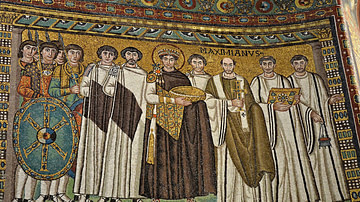
Definition
Corpus Juris Civilis
The Justinian Code or Corpus Juris Civilis (Corpus of Civil Law) was a major reform of Byzantine law created by Emperor Justinian I (r. 527-565 CE) in 528-9 CE. Aiming to clarify and update the old Roman laws, eradicate inconsistencies and...
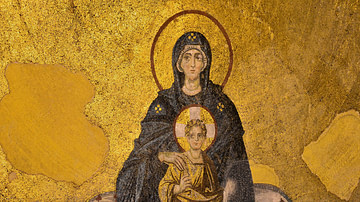
Definition
Byzantine Empire
The Byzantine Empire existed from 330 to 1453. It is often called the Eastern Roman Empire or simply Byzantium. The Byzantine capital was founded at Constantinople by Constantine I (r. 306-337). The Byzantine Empire varied in size over the...

Definition
Hippocrates
Hippocrates was born on the Greek island of Kos in the 5th century BCE, and he became the most famous physician in antiquity. He established a medical school on the island, wrote many treatises on medical matters, and is, through his systematic...

Definition
Roman Law
Roman laws covered all facets of daily life. They were concerned with crime and punishment, land and property ownership, commerce, the maritime and agricultural industries, citizenship, sexuality and prostitution, slavery and manumission...
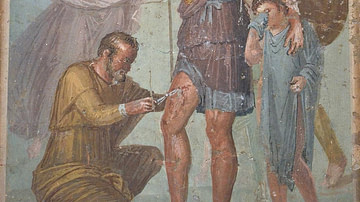
Definition
Roman Medicine
Roman medicine was greatly influenced by earlier Greek medicine and literature but would also make its own unique contribution to the history of medicine through the work of such famous experts as Galen and Celsus. Whilst there were professional...
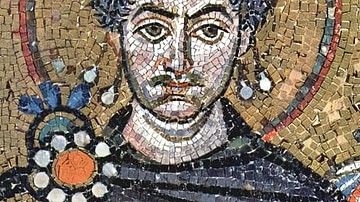
Definition
Justinian I
Justinian I reigned as emperor of the Byzantine Empire from 527 to 565 CE. Born around 482 CE in Tauresium, a village in Illyria, his uncle Emperor Justin I was an imperial bodyguard who reached the throne on the death of Anastasius in 518...
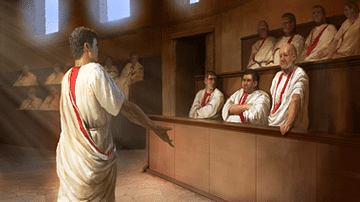
Definition
Twelve Tables
The Twelve Tables (aka Law of the Twelve Tables) was a set of laws inscribed on 12 bronze tablets created in ancient Rome in 451 and 450 BCE. They were the beginning of a new approach to laws which were now passed by government and written...
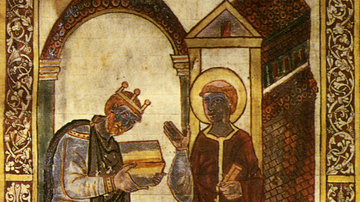
Image
Aethelstan
Aethelstan (also given as Athelstan) - the figure on the left - reigned as King of the Anglo-Saxons from 924–927 CE and as King of the English from 927-939 CE. He is here depicted in the frontispiece of Bede's Life of St Cuthbert as presenting...
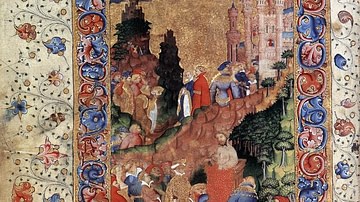
Image
Chaucer Reading His Poetry to the English Court
This full-page illustration depicts Geoffrey Chaucer (c. 1343 - 1400 CE) reading his poem Troilus and Criseyde to the court of Richard II of England (1367 - 1400 CE). This copy of Chaucer's Troilus and Criseyde was made c. 1415 - 1425 CE...

Image
The Battle of Hattin, 1187 CE
An illustration from the 13th century CE Chronica majora by Michael Paris showing a scene from the Battle of Hattin in 1187 CE. On the left is the Muslim leader Saladin who faces and takes from King Guy of Jerusalem the True Cross. (Corpus...